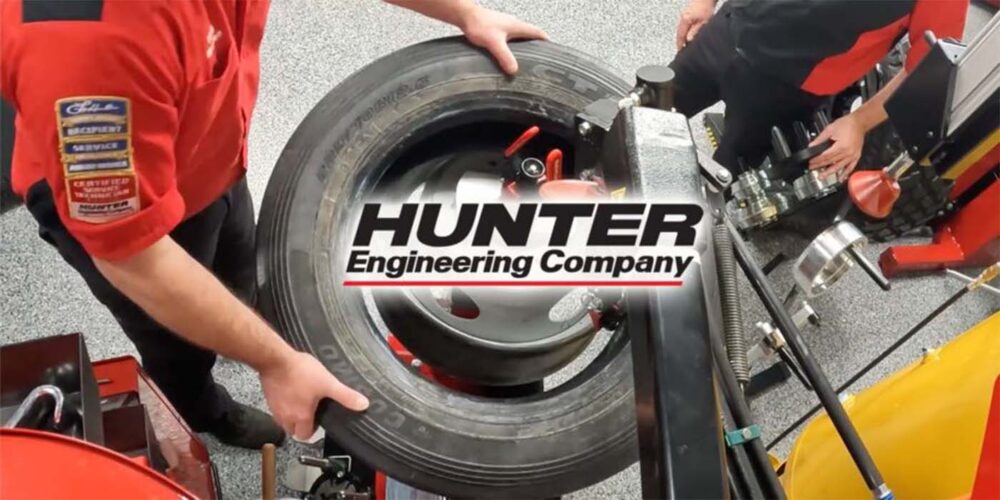Look at a tire. Do you see an “extra load” symbol in front of the size on the tire’s sidewall? Well, that is one indicator that can help you find the right replacement tire size. But it goes deeper than that.
Tires in today’s market can be classified as P-Metric, Euro-Metric and LT-Metric, but what do these classifications mean? Let’s find out in this Tire Review Continental Tire Garage Studio video!
As you know, the tire’s sidewall holds a treasure trove of information about the tire. One thing to pay attention to when you’re looking to sell or install a replacement tire is to see if a P-Metric, Euro-Metric or LT-Metric tire is needed.
To spot a P-metric tire, many have a “P” in front the tire size to indicate that it’s constructed according to the American standards set by the Tire and Rim Association (TRA). Most P-metric passenger tires are manufactured in the standard load range. If that’s the case, they might be identified with an SL after the size, for standard load.
The P-metric designation came about in the 70s and rates a tire according to its load-carrying capabilities, size, and tire pressure. P-metric tires are used for passenger-carrying vehicles such as cars, vans, and small trucks.
P-metric tires can also have the letters “LL,” for light load, or “XL,” for extra load after the tire size. Most tires carrying an LL label have been developed for specific applications–for example, when track or DOT tires are used for racing applications.
An XL label indicates that a tire is reinforced to withstand a higher load than other tires of the same size.
Now, what about Euro-metric tires? This tire class is built according to European standards set by the European Tyre and Rim Technical Organization (ETRTO). This type of sizing started in the 60s.
Standard Euro-metric tires will have nothing branded on their sidewalls, while extra load or reinforced Euro-metric tires will be branded with an “XL” or “RF” after the tire size. Some extra-load tires also carry the designation “HL” indicating that they can carry additional load beyond that of “standard” Extra Load tires of the same size. I know, it can get confusing.
So why does this matter? Well, the differences between tire classes can tell you how they’re constructed and to what standards they adhere to. It’s also important to know this because both types use different load and inflation formulas and tables. A Euro-metric tire has a slightly greater load index and higher load-carrying capacity than its P-metric counterpart.
In the industry, many say the rule of thumb is if a car came with P-metric tires, you can replace them with P-metric or Euro-metric tires. However, since P-metric tires have a lower load capacity, you shouldn’t use a P-metric tire size of the Metric tire that came on the vehicle as original equipment. Tire dealers should access a tire fitment guide for proper tire replacement.
Overall, the best practice is to replace tires with the same size designation and load index that originally came on the vehicle.
Don’t forget to follow us on Instagram and Facebook and subscribe to our YouTube channel for more tire, service and shop operations videos.













